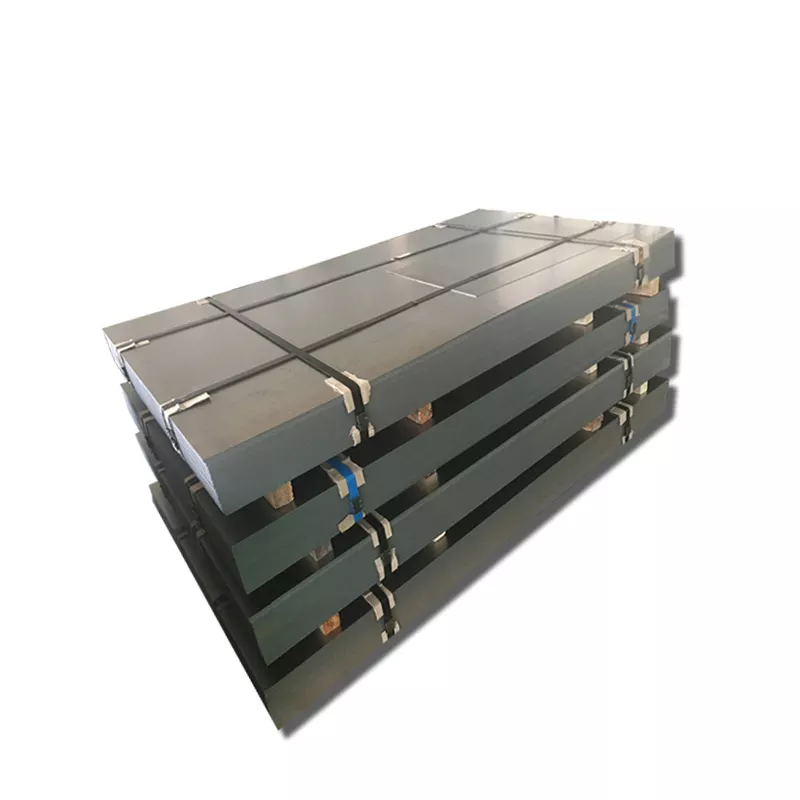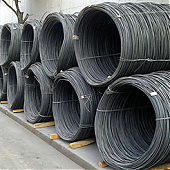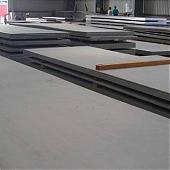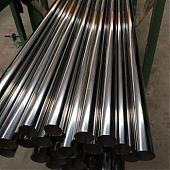Electro-galvanizing and hot-dip galvanizing

There are obvious differences between electro-galvanizing and hot-dip galvanizing in terms of process principles, appearance quality, corrosion resistance and service life.
Process principle: Electrolytic zinc plating uses electrolytic deposition method for galvanizing. It needs to be surface treated first, and then immersed in the electrolyte for electroplating. Hot-dip galvanizing is to immerse metal steel in molten zinc for galvanizing. The process is relatively simple, has a wider application range, and the coating is uniform and the thickness can reach 50~100 microns.
Appearance quality: The thickness of electro-galvanized coating is thinner, the appearance is smoother, and it has better appearance quality and is suitable for manufacturing fine small parts. The coating of hot-dip galvanizing is thicker and rougher in appearance, but it is thick, strong and wear-resistant. The surface can be uneven, making the galvanized steel more textured.
Corrosion resistance: Hot-dip galvanizing has better corrosion resistance because its thick coating can form a protective film to effectively protect the substrate. The corrosion performance of electroplated zinc is relatively poor, and surface treatment is generally required to enhance its anti-corrosion ability.
Service life: Since hot-dip galvanizing has better corrosion resistance, it also has greater advantages in service life. In some harsh environments, hot-dip galvanized steel can be used for a long time without corrosion. The service life of electro-galvanized steel is relatively short. If it is used in humid, corrosive and other environments, it is prone to surface rust and delamination.
In general, electro-galvanizing and hot-dip galvanizing each have their own characteristics, and they can be selected according to specific needs and conditions when choosing to use them.
Process principle: Electrolytic zinc plating uses electrolytic deposition method for galvanizing. It needs to be surface treated first, and then immersed in the electrolyte for electroplating. Hot-dip galvanizing is to immerse metal steel in molten zinc for galvanizing. The process is relatively simple, has a wider application range, and the coating is uniform and the thickness can reach 50~100 microns.
Appearance quality: The thickness of electro-galvanized coating is thinner, the appearance is smoother, and it has better appearance quality and is suitable for manufacturing fine small parts. The coating of hot-dip galvanizing is thicker and rougher in appearance, but it is thick, strong and wear-resistant. The surface can be uneven, making the galvanized steel more textured.
Corrosion resistance: Hot-dip galvanizing has better corrosion resistance because its thick coating can form a protective film to effectively protect the substrate. The corrosion performance of electroplated zinc is relatively poor, and surface treatment is generally required to enhance its anti-corrosion ability.
Service life: Since hot-dip galvanizing has better corrosion resistance, it also has greater advantages in service life. In some harsh environments, hot-dip galvanized steel can be used for a long time without corrosion. The service life of electro-galvanized steel is relatively short. If it is used in humid, corrosive and other environments, it is prone to surface rust and delamination.
In general, electro-galvanizing and hot-dip galvanizing each have their own characteristics, and they can be selected according to specific needs and conditions when choosing to use them.
Related Products
Contact Us


